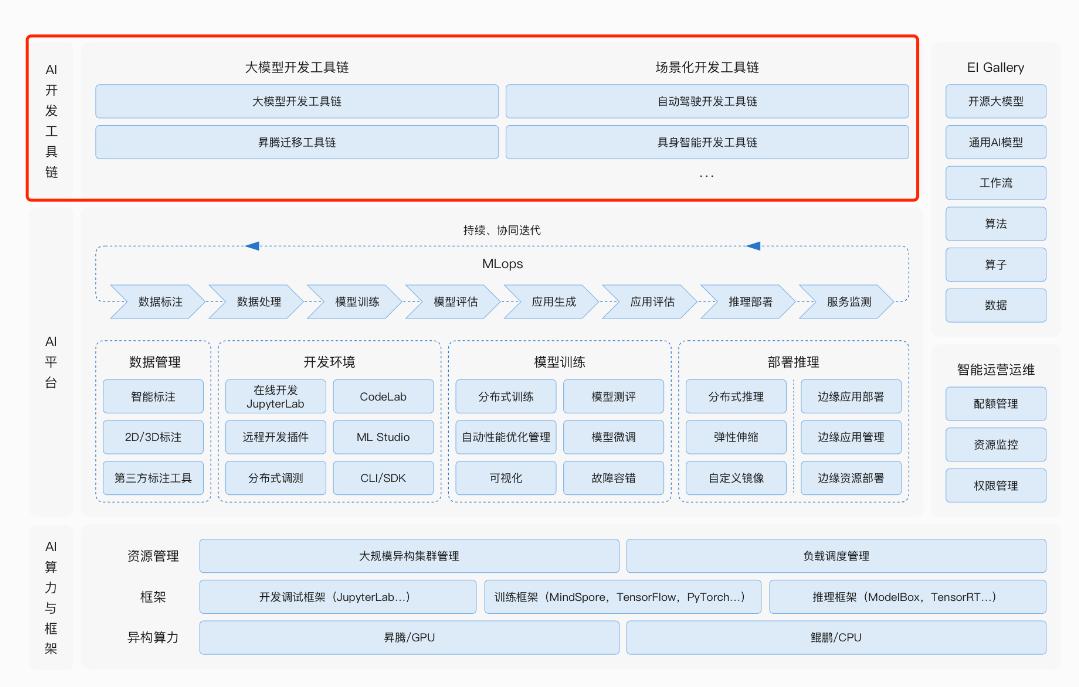What Technical Skills Are Required for AI Product Managers in Current Recruitment?
-
A quick survey: Do you use AI daily at work now?
Currently, companies are recruiting product managers, and you can see that some are specifically hiring AI product managers. These roles primarily focus on providing tool-based products for enterprises.


AI Product Manager Recruitment Demand
What are the requirements for applying as an AI product manager now? How does it differ from a regular product manager?
Through discussions in an AI product manager community I recently established, several conclusions were drawn, which I’d like to share with readers.
There are numerous AI manufacturers today, each excelling in different domains such as text generation, image generation, and audio generation. Currently, various companies have developed generative large language models, with notable representatives including:
1. GPT-4
GPT-4 is currently the leader in this field. OpenAI has built an impressive product around it, featuring an effective ecosystem that allows for plugin creation, code execution, and function handling. It excels particularly in text generation and summarization.
2. Claude 2
Claude's main advantage lies in its context window size, which was recently expanded from 9K to 100K tokens, significantly surpassing GPT-4's maximum support of 32K tokens. This is equivalent to approximately 75,000 words, enabling businesses to submit hundreds of pages of material for Claude to process.
3. Llama 2
It is available for free for both research and commercial use, though there are some peculiar specific restrictions in its licensing terms.
4.Orca
Orca from Microsoft Research is the most experimental model we've selected, partly because it's a smaller open-source model with unique characteristics.
5.Cohere
Cohere is another commercial product, with the company behind it co-founded by Aidan Gomez.
Looking at these five models, AI product managers first need to select different LLM models based on their respective strengths, as each model has its own advantages and disadvantages. We can also choose multiple models as the foundation for our products to help achieve product value.
For 99% of internet products, developing their own AI models isn't feasible, so they can only complete AI product development through corporate partnerships or external procurement.
Speed response is a fundamental guarantee for a good user experience when operating AI products. Even if the processing speed is relatively slow, measures such as pop-ups or loading animations should be used to manage user expectations.
For example, when MakerPost calls the AI image generation feature, it uses animations to mitigate the perceived waiting time for users.

AI Interaction Loading
Many small and medium-sized enterprises still take chances by relying on external AI capabilities. If they are not caught by the Cyberspace Administration, they may experience extremely slow access speeds.
Therefore, it is essential to learn how to use interactive guidance and copywriting to avoid making users wait.
Currently, developing an AI product is often unprofitable. Even OpenAI is still operating at a loss. Thus, the focus should be on using AI to enhance product efficiency rather than marketing AI as the primary selling point.

Although AI is currently a hot trend, it requires an existing business foundation to succeed. Venturing into AI without proper preparation can lead to disastrous results.
For product managers, entering the field of modifying underlying parameters in large AI models is quite challenging. The main reason is that most product managers lack development capabilities and few understand algorithm coding.
However, product managers can focus on the application layer, building functional modules and designing product frameworks around parameters, corpora, materials, and data.
For example, at Lanpao, our AI capability provides users with an interface to generate images based on input titles and subtitles, built upon our understanding of LLM models.

AI Parameter Capabilities
Providing the AI model with the corresponding image generation type and the number of images to be generated, as well as controlling input variables, is one of the most important tasks an AI product manager can perform.
Therefore, AI product managers must review the relevant API documentation to ensure successful implementation. The image below shows the product architecture of Huawei's Pangu large model. AI product managers are primarily focused on the AI development toolchain, while the AI platform can only be provided by the AI model manufacturers themselves. The proportion of product managers in this area is very small.

AI Product Managers Stay at the Application Layer
A more straightforward approach is to impose restrictions in the form of permissions, which are lifted after payment, or to charge based on the number of API calls.

AI model deployment pricing
However, as the application scenarios for AI products expand, product managers must also adapt to changes in scenarios and business needs by offering diverse commercial solutions. For instance, Huawei provides a platform-based integrated AI product capability, enabling enterprises to generate their own AI models in bulk after payment.
These are the essential skills an AI product manager must possess.
That concludes today's sharing.
